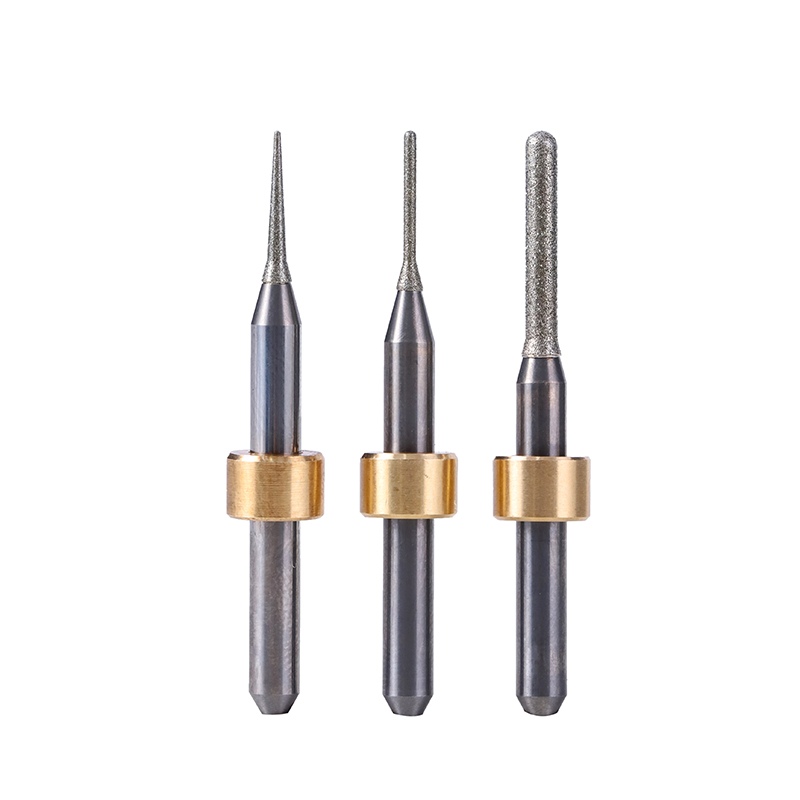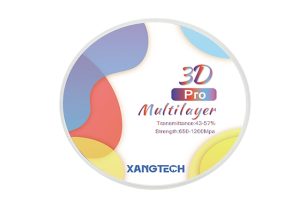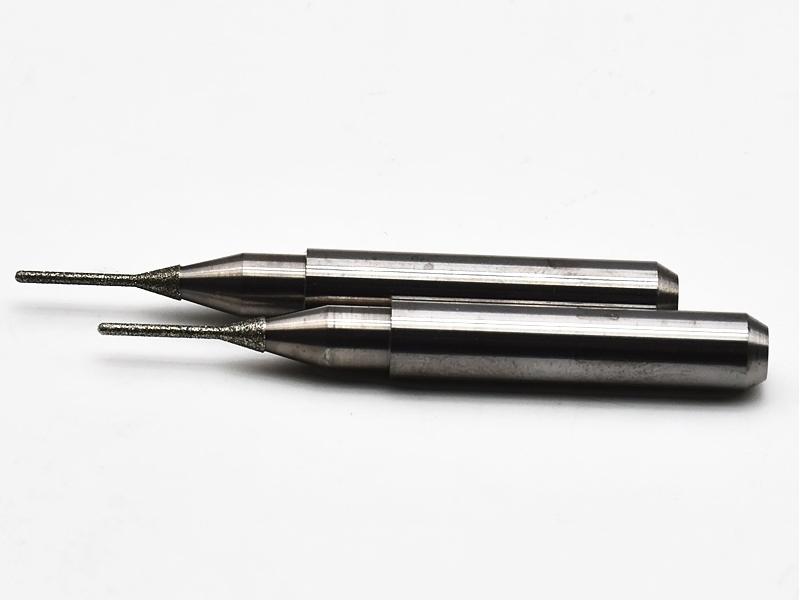What Role Do Milling Burs Play in the Milling Process?
Milling burs are main pieces in the milling process, especially in dental labs. They cut and shape stuff like blocs de zirconie, glass ceramics and composite resins. The design and material of milling burs really impact how well they work and the quality of the end product.
Why Are Milling Burs Key for Accuracy and Speed?
Milling burs count a lot for accuracy and speed. They decide how spot-on the cuts are and how smooth the surfaces turn out. XANGTECH milling burs achieve high-efficiency cutting through optimized design, which can significantly improve processing efficiency and reduce equipment load. Their spot-on engineering makes sure restorations fit good in the mouth. This ups patient comfort and happiness.
How Do Milling Burs Change the Quality of the Final Product?
The quality of the final product hangs a lot on the milling burs you use. Good burs give smoother finishes and truer sizes. These are must-haves for dental restorations. Its processed surface has high smoothness and subsequent processing is simple, which greatly improves the quality of restoration production. Bad or beat-up burs lead to rough surfaces, off shapes and extra fixing needed.
What Materials Go Into Making Milling Burs?
Milling burs usually come from hard materials like carbide. Or they’re coated with stuff that fights wear to help them last. XANGTECH milling bur usually adopts carbide or coating process, with high wear resistance and long service life. These materials let the burs take fast spins without breaking down fast.
How Can You Pick Out a High-Quality Milling Bur?
Picking a high-quality milling bur means looking at a few main features that affect how it works and lasts.
What Features Should You Check in a Solid Milling Bur?
Toughness and Wear Resistance
Toughness matters big time for milling burs. They take a beating during jobs. Good burs hold up well against wear. They stay sharp for a good long while.
Cutting Speed and Surface Finish
Cutting speed hits how quick you work and the quality. Solid milling burs make smooth surfaces easy. They cut down on extra work time. The surface finish needs to stay even for nice-looking dental restorations.
Works with Different Materials
A solid milling bur should handle all sorts of materials in dental jobs. This lets labs deal with different restorative materials. No need for a bunch of tools.
How Does Bur Shape Change Performance?
Bur shape changes how good a bur cuts material. The shape, size and angle of cutting edges set how spot-on the cuts are and overall speed. Good shape gets solid contact with material surfaces. This ups cutting performance.
How to Make Your Workflow Smoother Using Good Milling Burs?
Making your workflow smoother means using high-quality milling burs right. This boosts productivity while keeping quality up.
What Are the Best Ways to Use Milling Burs Right?
Right Installation and Setup Ways
Right installation keeps milling burs working good without hurting equipment or materials. Setup keeps accuracy by lining up tools just right in machines.
Care Tips to Keep Tools Going Longer
Regular care keeps tools going longer by stopping early wear. Cleaning after each use gets rid of junk. This junk could dull cutting edges or mess up cuts later.
How Can You Cut Waste and Up Output with Better Tools?
Better tools cut waste by dropping errors that toss materials. Better output comes from quick processes. They use materials well and get results fast.

Common Problems from Low-Quality or Worn-Out Burs
Low-quality or worn-out burs bring several headaches in production.
What Are the Signs a Bur Needs Swapping?
Signs are slower cutting speed, rough finishes on products, weird shakes during work, or plain damage on the bur.
How Do Worn or Bad Burs Jack Up Production Costs?
Worn or bad burs jack up costs. More rejected products need rework. Replacement parts show up more often than planned.
Introducing XANGTECH: Precision-Made Milling Burs
We at XANGTECH specialize in providing precision-engineered milling burs designed for optimal performance across various applications. Please feel free to send us an email.
Who Is XANGTECH and What Do They Offer?
Overview of XANGTECH’s Expertise in Dental and Industrial Tools
With 11 years of experience, we specialize in dental laboratory materials including zirconia blocks, glass ceramics, PMMA discs, milling burs and dental 3D scanners. Our products are trusted worldwide for their quality. You will receive a reply as soon as possible.
Key Features of XANGTECH’s Milling Burs
Our milling burs offer excellent cost performance, stable performance and reliable support for high-quality restoration production.
Why Choose XANGTECH’s Milling Burs for Your Workflow?
Steady Performance Across Many Uses
Our products deliver consistent results whether used in small labs or large machining centers, providing reliable support for various needs.
Longer Tool Life and Less Downtime
By choosing our precision-engineered tools, you benefit from enhanced tool life, reducing downtime significantly and improving overall productivity.

FAQ (questions fréquentes)
Q: What is a milling bur used for?
A: A milling bur is used for shaping materials through precise cutting methods applicable in dental restorations or industrial manufacturing processes. They play an integral role in achieving accurate finishes on processed items.
Q: How long does a milling bur typically last?
A: The lifespan of a milling bur depends on its material composition, usage frequency and maintenance practices but generally lasts several months under regular use conditions before needing replacement due to wear. High-quality options like those offered by XANGTECH exhibit extended durability compared against lower-grade alternatives.
Q: How do I know when it’s time to replace my milling bur?
A: Replacement indicators include diminished cutting efficiency resulting in rough surfaces, visible signs of wear on edges, or unexpected operational noises suggesting misalignment issues.












